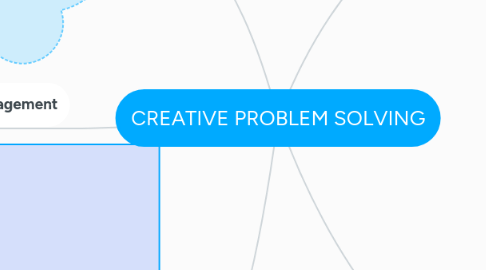
1. Subjective Expected Utility (SEU) Theory
1.1. Precedes the theory of games
1.2. Criticism: Neglects limits of human and computer problem-solving capabilities
1.3. Directions of Research
1.3.1. Empirical studies of behaviour in individuals and the organization
1.3.2. Decision-making in organizational settings
1.3.3. Resolution of conflicts and values
1.3.4. Settings agendas and framing problems
1.3.5. Research on experts
1.3.5.1. Virtuoso teams?
2. Project Management
2.1. INCREASE IN PRODUCTIVITY!
3. Horst Rittel
3.1. Professor
3.1.1. Ulm School of Design
3.1.2. University of California, Berkeley
3.1.3. Washington University
3.1.4. University of Suttgart
3.2. Linear Model of the Design Process
3.2.1. Problem Definition (Analytic)
3.2.2. Problem Solution (Synthetic)
3.3. Wicked Problem
3.3.1. Coined in 1960s
3.3.2. A problem that is difficult or impossible to solve due to incomplete, contradictory, and changing requirements
3.3.2.1. Project Management
3.3.2.1.1. Iron Triangle: Time vs. Cost vs. Scope = ??? Quality
3.3.2.2. Politics
3.3.2.3. Healthcare
3.3.2.4. Climate Change
3.3.2.5. Knowledge Management
3.3.2.6. Decision Making
3.3.3. Solutions are not TRUE or FALSE, they are GOOD or BAD
